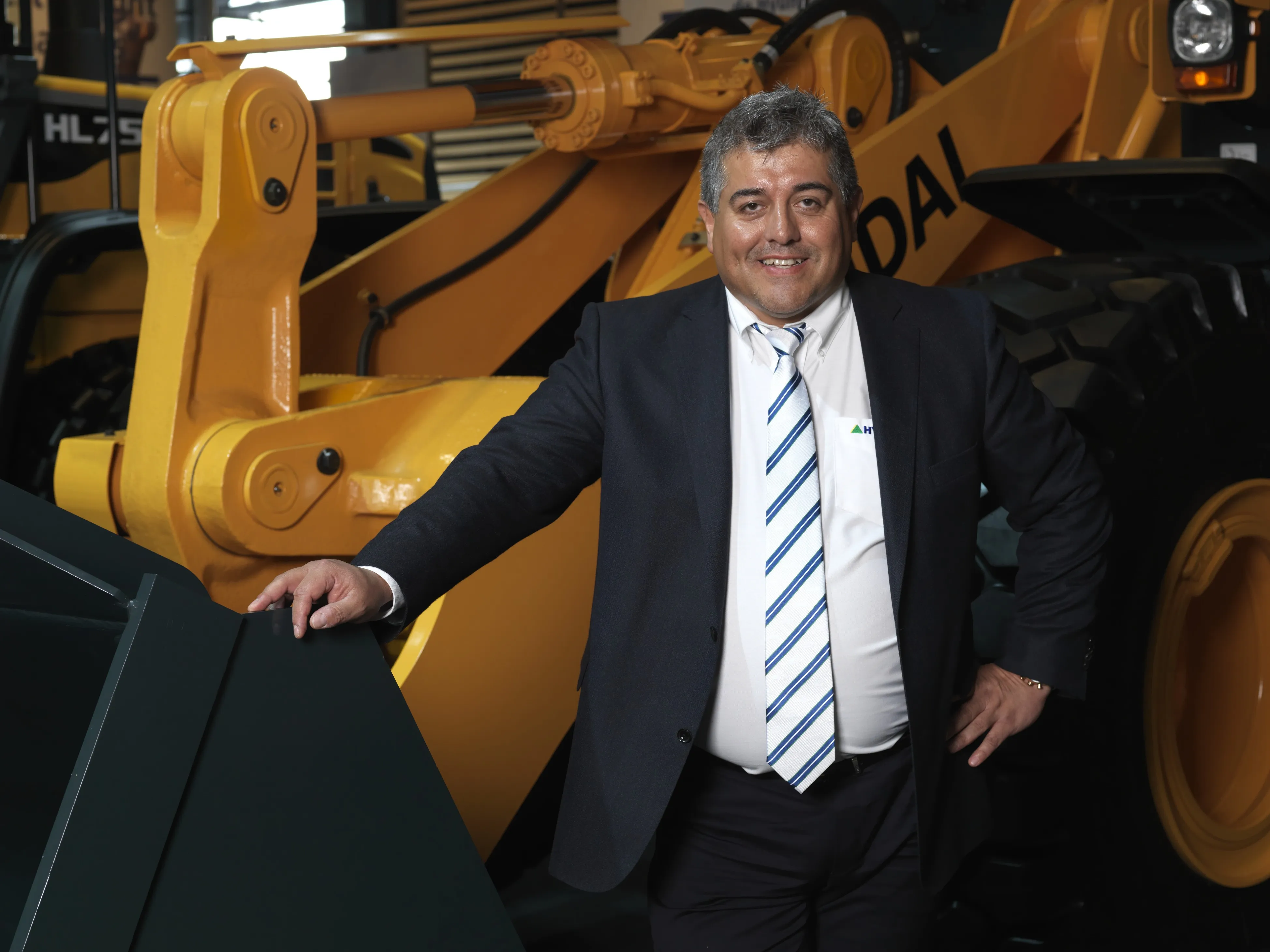Volvo Construction Equipment has seen its sales dip 2% in the third quarter of 2016, following a strong year. However the profit margins have improved despite the flat sales volumes in the third quarter. The firm says that an improvement in the European market and order intake up by 17% failed to offset continued weakness in other markets, sending Volvo Construction Equipment (Volvo CE) sales down 2% in the third quarter, when adjusted for currency movements.
Net sales in the third quarter decreased by 3
October 21, 2016
Read time: 3 mins
Net sales in the third quarter decreased by 3% to €1.19 billion (SEK 11,539 million), compared with €1.23 billion (SEK 11,884 million) in the same period in 2015. Adjusted for currency movements net sales were down by 2%. Adjusted operating income increased to €62 million (SEK 601 million), compared with €59.42 million (SEK 576 million) for the same period in 2015. This corresponds to an operating margin of 5.2% compared to 4.8 for the same period in 2015.
Net order intake in the third quarter increased by 17% compared with the same quarter in 2015, although from low levels. Order intake increased across all regions. In Europe, higher order intake in France and Germany was counterbalanced by lower orders in Norway and Russia. The increase in North America was partly driven by the launch of compact equipment with Tier IV final compliant engines. In South America the increase in order intake was largely related to SDLG in Brazil. Order intake in Asia (including China) was 24% higher. This was driven by increased order intake for the Volvo brand in China, mainly for excavators, and the continued strong growth in India as well as increases for SDLG branded products in China and South-East Asia. In the third quarter, deliveries were at a similar level to last year. Higher deliveries in Europe, as well as of SDLG branded products in export markets and in the stabilizing Chinese excavator market, were counterbalanced by lower Volvo branded machine sales in the Middle East and the Americas.
“Despite continued low demand operating margin improved slightly in the third quarter to 5.2%. Further positives were that orders increased slightly across all regions, from low levels in the BRIC regions,” said Martin Weissburg, president of Volvo Construction Equipment. “We see no immediate increase of demand and continue the internal work to focus on Volvo CE’s strongholds.”
Despite the tough trading conditions, the firm continues to push ahead with its research and development projects, with a key focus being on reducing the environmental impact of construction activities and also improving working efficiency. The company recently revealed that it is working on a range of innovations such as a hybrid wheel loader with the potential to improve fuel efficiency by up to 50% and autonomous wheel loader and hauler prototypes.







